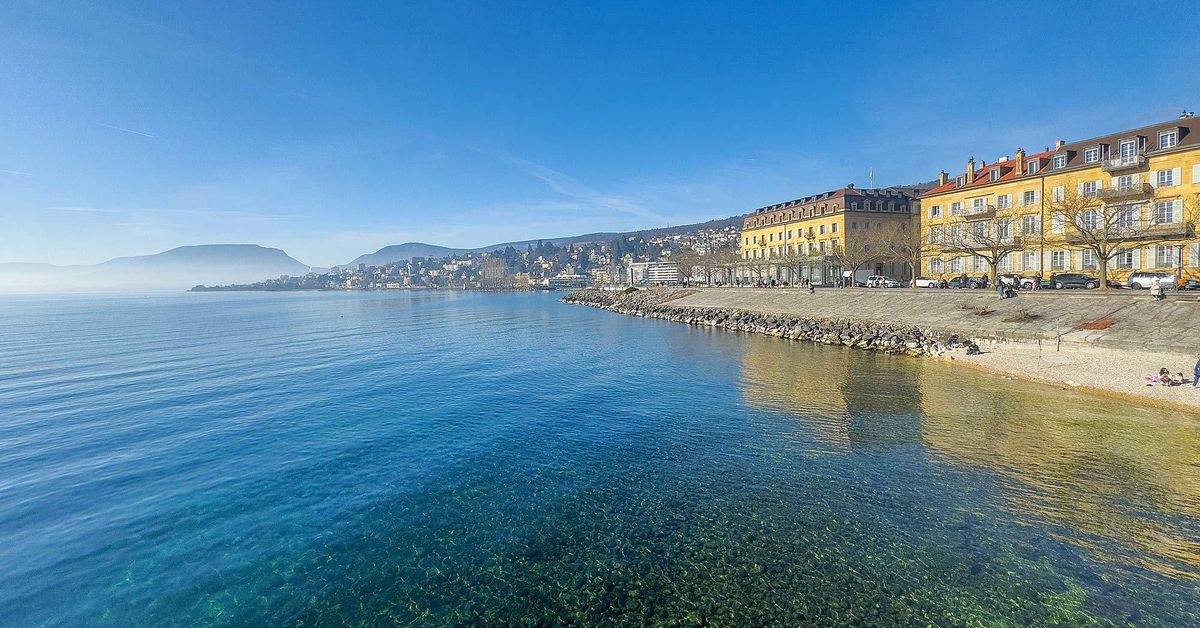The picturesque lakes of Lucerne, Thun or Neuchatel are iconic tourist attractions in the Swiss Alps known for their beauty.
But hidden below the glimmering surface of those pristine waters lie the discarded remnants of Switzerland’s military past.
For almost five decades, from 1918 and 1964, the lakes served as the dumping ground for the Swiss military.
Thousands of tonnes of unwanted munitions were discarded in the lakes – which are now proving problematic to remove.
In Lake Lucerne, there are an estimated 3300 tonnes of munition, in the waters of Neuchatel, which the Swiss air force used for bombing practice until 2021, there are 4500 tonnes, the BBC reports.
Most of the submerged munitions lies deep beneath the surfaces of Lake Thun, Lake Brienz and Lake Lucerne – at a depth of between 150 and 220 metres.
Now, the Swiss defence department has announced that it is holding a competition, calling on academics and industry experts for the best ideas on how to get the munitions out.
An assessment in 2005 showed recovery of the munitions posed several risks and challenges, the defence department said.
“All proposed solutions for ammunition recovery available at the time would lead to massive sludge turbulence and high risks for the sensitive ecosystem of the lake,” the department said in a news release.
The difficulties included the submerged ammunition being covered by a fine sediment layer up to two metres thick, the department said.
If the sediment was stirred up during a recovery exercise it could lead to a loss of oxygen, which is only available in low quantities at this depth.
Poor visibility and the risks of the munitions exploding were also added challenges, the department said.
The winners of the competition will be announced in April next year.
“It is not planned to implement the submitted entries immediately, but they could serve as the basis for further clarifications or for launching research projects,” the department said.

